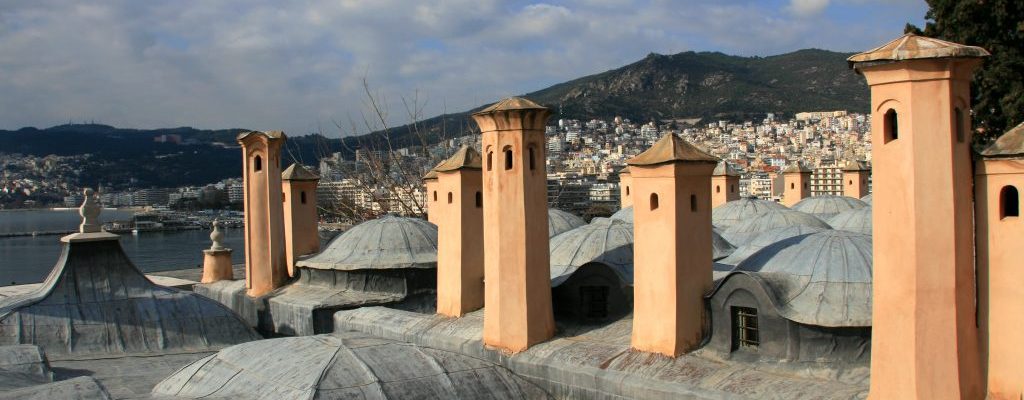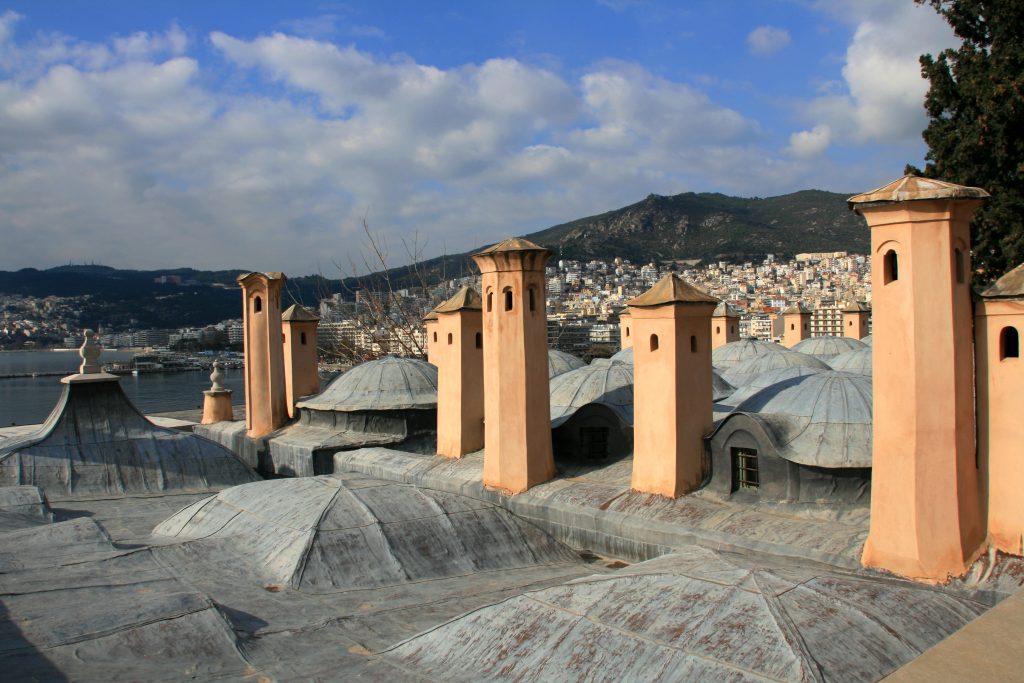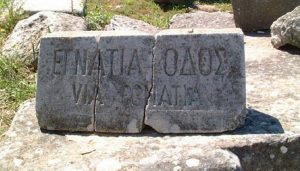Kavala is a city of a thousand nights. The former “Mecca of Tobacco” is one of Greece’s most vibrant destinations. Those who embark on a journey here will experience its rich history, full of tales.
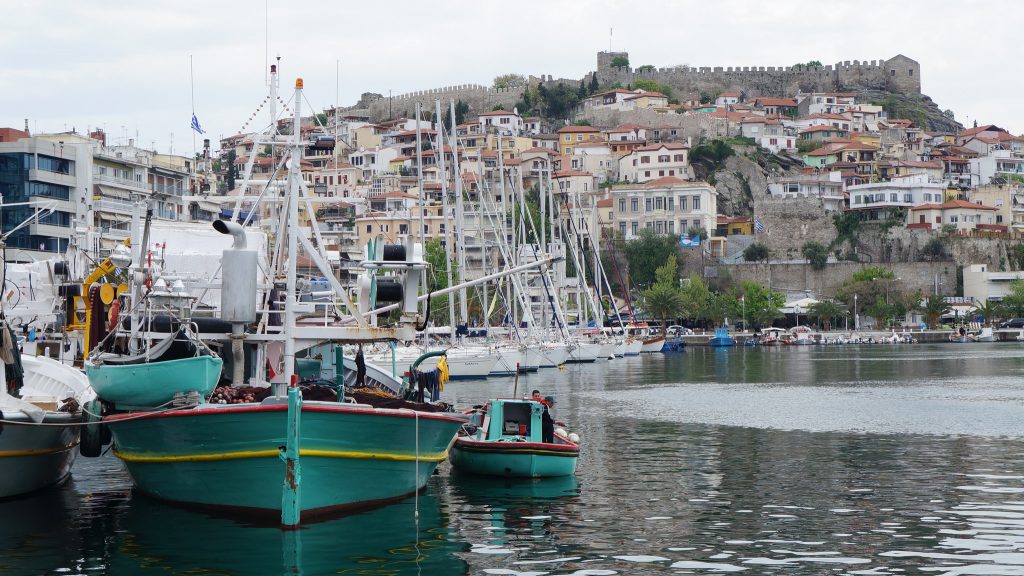
Spotlight on Kavala
Amphitheatrically built on the foothill of Mt. Symvolo, Kavala is characterized as a modern sea town boasting a remarkable architectural fusion of neoclassical mansions, luxurious tobacco houses and notable influences from the Ottoman Empire. A buoyant destination rich in history, culture and creativity, Kavala is one of the best developed urban centers in Eastern Macedonia and Thrace.
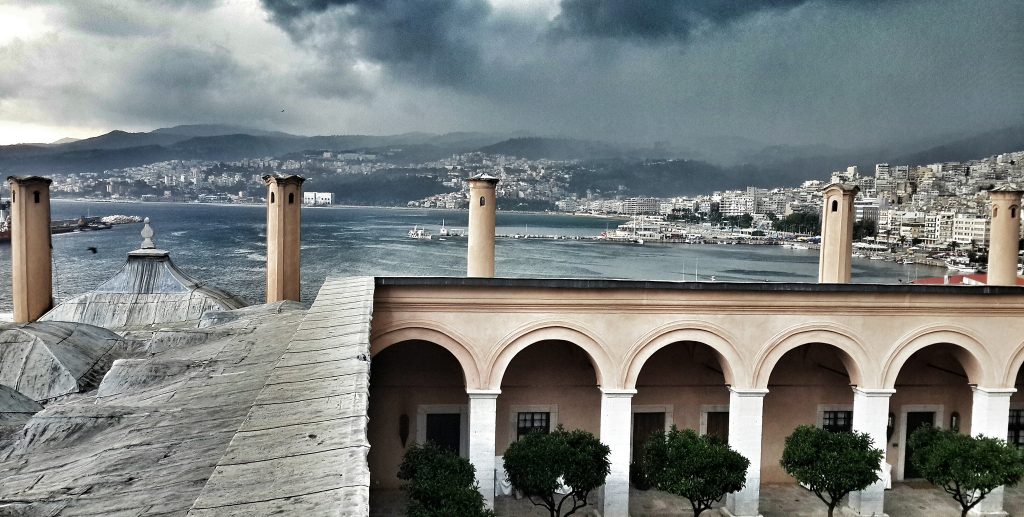
Kavala’s historic center and its impressive monuments
Over the centuries, Kavala’s development spurred farther out from its city center. The city’s strategic position in Via Egnatia attributed greatly to its economical abundance and development as the city blossomed on the natural fortified peninsula, connecting the East and the West.

The heart and soul of Kavala is its historical center, which the locals call the Panagia neighborhood. From here visitors will be enchanted by the amphitheatrical views from the Kavala Fortress — the city’s eternal defender. Kavala has its own Acropolis which was built by the Ottomans in the early 15th century, on the ruins of what was initially a byzantine castle.
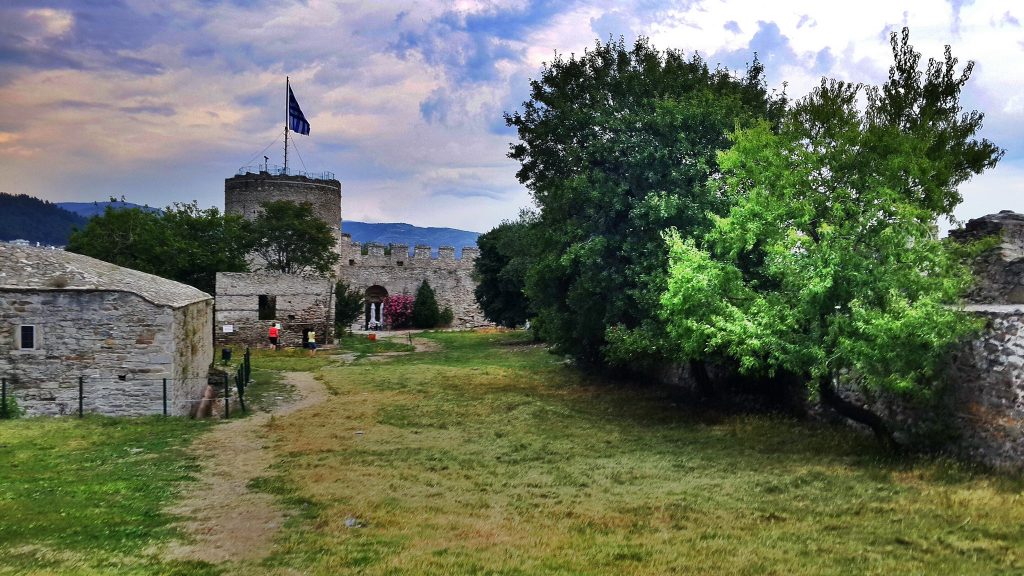
Follow the narrow historical trails and you will reach one of the city’s gems — the Imaret, a classic example and the only remaining Islamic complex which survived in the city from the 18th century, built by the founder of the last Egyptian dynasty, Muhammad Ali. Since 2004, this historical building has been turned into a luxury hotel which you can learn more about from our previous post: Luxury Boutique Hotels with a Previous Life.
The landmark of Kavala’s old town is the square dedicated to Muhammed Ali of Egypt, who was an Albanian Ottoman leader. The most impressive konak (house) on the square belonged to him and is now used as a cultural and entertainment center.
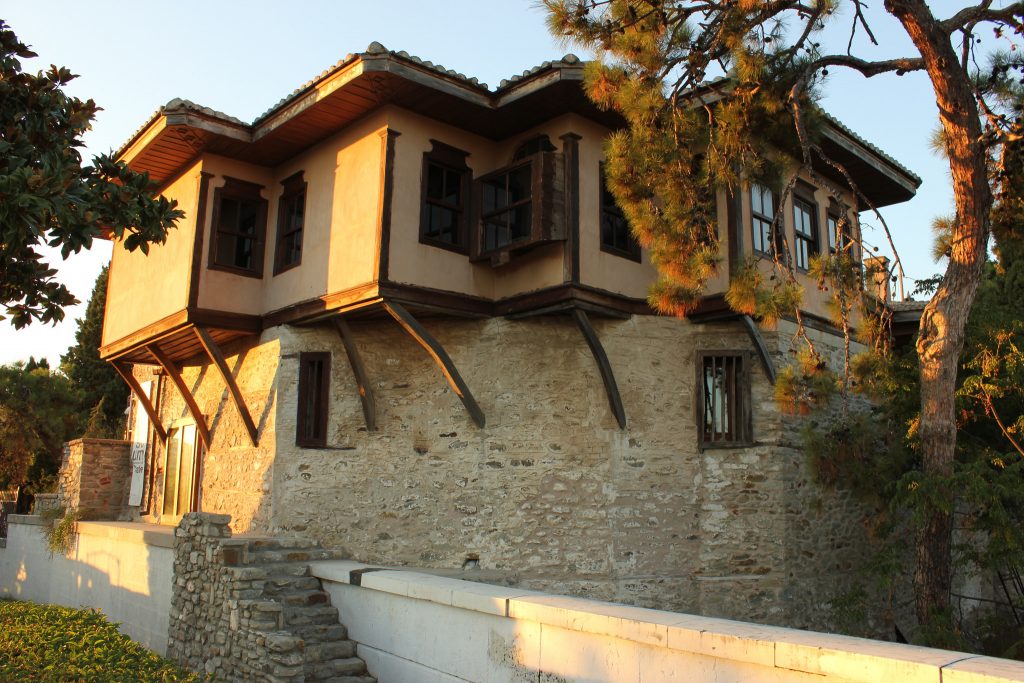
Make sure to experience the magical sunset which can be witnessed from one of Kavala’s most beautiful churches called the Panagia. Move a little further down, towards the tip of the old town’s peninsula and you can watch the day turn into night from the architecturally impressive lighthouse.
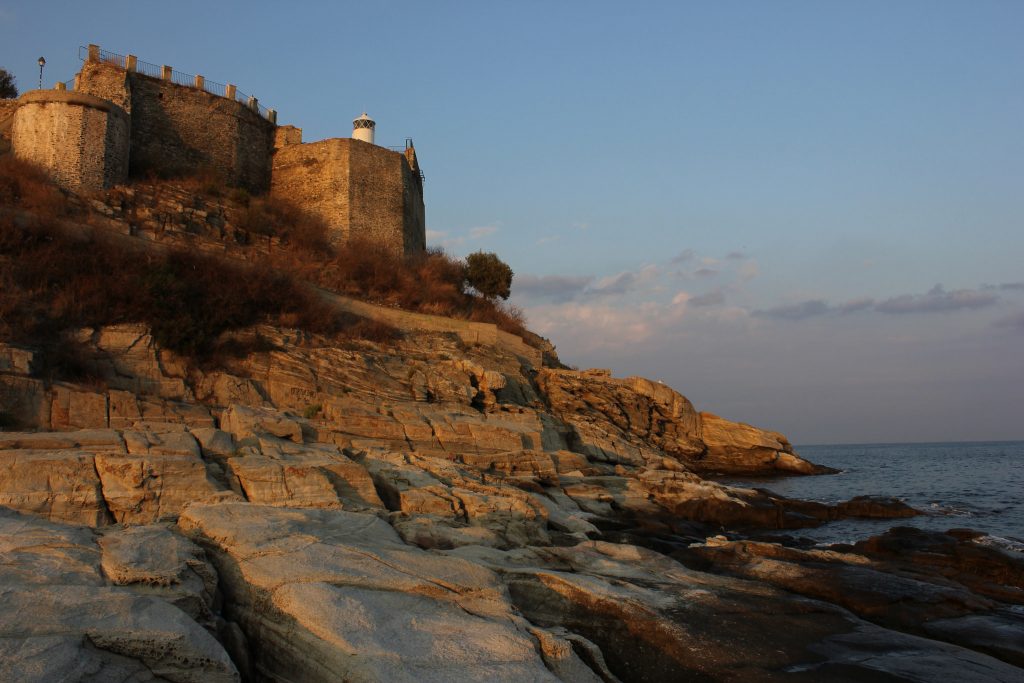
Another significant religious monument found in Kavala’s old town is the Halil Bey Complex with the Halil Bey Mosque which dates to the beginning of the 20th century. The Kamares (arches) is considered to be the most famous historical monument, a grandiose water supply system built in the early 15th century at a spring next to the village of Palia Kavala.
The Mecca of Tobacco
Kavala’s tobacco history dates back to the beginning of the 19th century when the tobacco cultivation industry bloomed in the area and was an imperative part of Kavala’s history which lasted for 150 years.
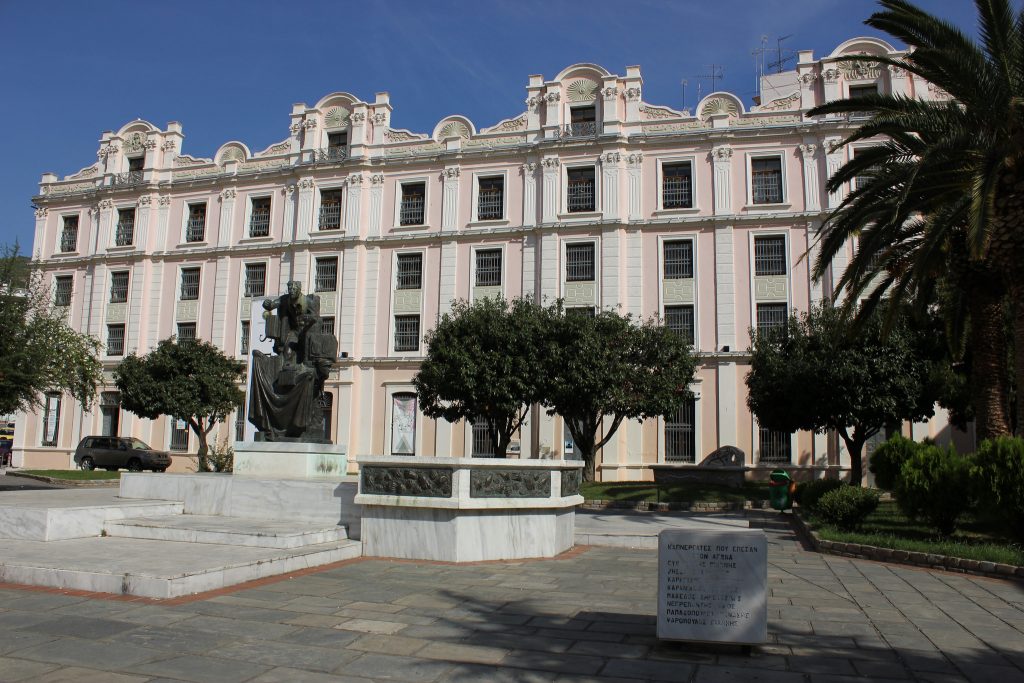
Known as the “Mecca of Tobacco,” Kavala’s tobacco industry consisted of 50 tobacco companies operating around 160 tobacco warehouses which had engaged half of the country’s tobacco industry workforce. The economic crisis which broke out in 1929 forced many of the workers to abandon the industry and resulted in an overall decline. The exhibits of this fascinating era are available on display at the Tobacco Museum.
The Modern Kavala: Vibrant, Friendly and Authentic
Kavala enjoys a strong cultural and historical continuity. The modern, large port and marina classify Kavala as one of the most important fishing centers in Greece. The port is loved by both locals and visitors alike. It is a fantastic spot to enjoy an afternoon stroll, soak in the views of the fortress or simply relax in one of the local sea-port tavernas with a glass of ouzo and delicious meze, savory Greek appetizers.
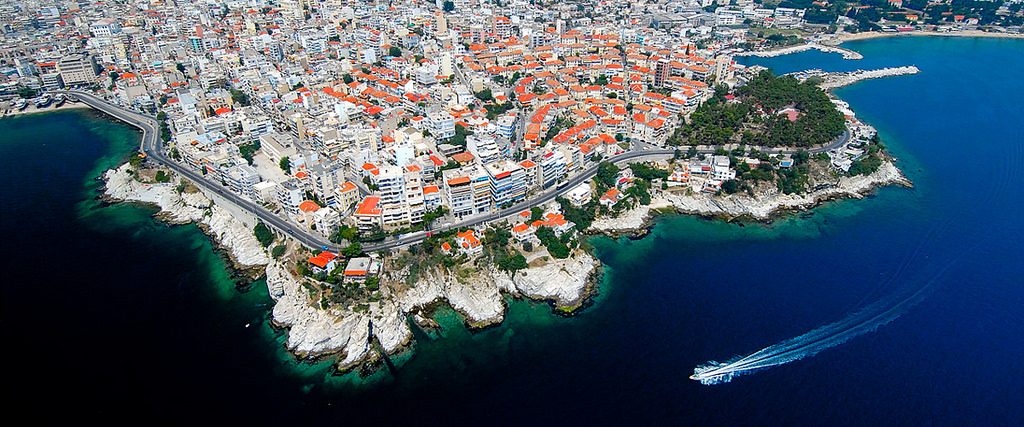
The area is also a traders’ meeting point with numerous shops selling various goods. The Municipality Market building is a bustling place where locals come to shop for food and catch up on the latest local news. As you head a little further out you will pass the local neighborhoods such as Kipoupoli, Vyronas, Potamoudia, Profitis Ilias and Kallithea. Each one is lined with quaint neoclassical houses, pretty courtyards and tiled rooftops. The locals are known for the Greek hospitality, so don’t be surprised if they call out to offer you an ouzo or a dessert.
Philippi: the most important city in Eastern Macedonia
The archaeological site of Philippi is 17 kilometers from Kavala. The city, which was originally called Crenides, was later named after King Philip II, father of Alexander the Great.
This is the most important city in Eastern Macedonia and where the history of three worlds meets: the ancient Greek, Roman and Byzantine-Christian. The archaeological site of Philippi and the Ancient Theater continue to host the annual Philippi Festival with performances of the greatest poets and dramatists of antiquity.
Museums and other historical buildings
Kavalas history survived through the centuries and reflects the fate of a historical city. Visitors may learn more about the turning points of the city’s history by visiting Kavala’s numerous museums. The Archaeological Museum of Kavala houses artefacts dating back to the Neolithic period and the Bronze Age. Visitors will find the marble architectural parts of the temple of Athena Parthenos, Archaic and Classical statues, as well as finds from the Ancient Amphipolis.
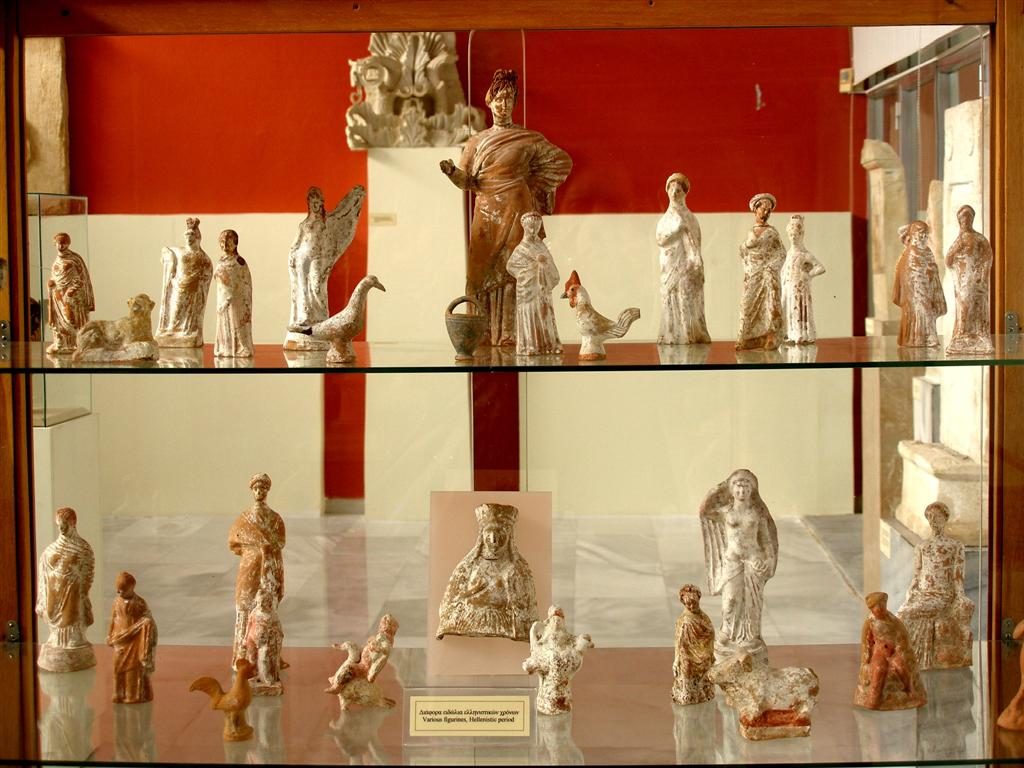
There is also the Municipal Folk Museum, the Historical and Ethnological Museum of the Greeks of Cappadocia which was awarded the best European Museum in 1997. Also consider visiting the Tobacco Museum as well as the Philippi Archaeological Museum which displays a permanent exhibition with findings from the ancient site.
A Historical Pilgrimage Destination
Kavala is a historical religious destination where the first European Christian was baptized and attracts many pilgrims to the destination. At the church in Nea Karvali, visitors may marvel the relics of St. Gregory the Theologian and Polystylo houses the relics of the five holy martyrs: Efstratios, Afxentios, Mardarios, Eugenios and Orestes. The area of Mt. Pangeo is home to numerous monasteries which welcome thousands of pilgrims throughout the year.
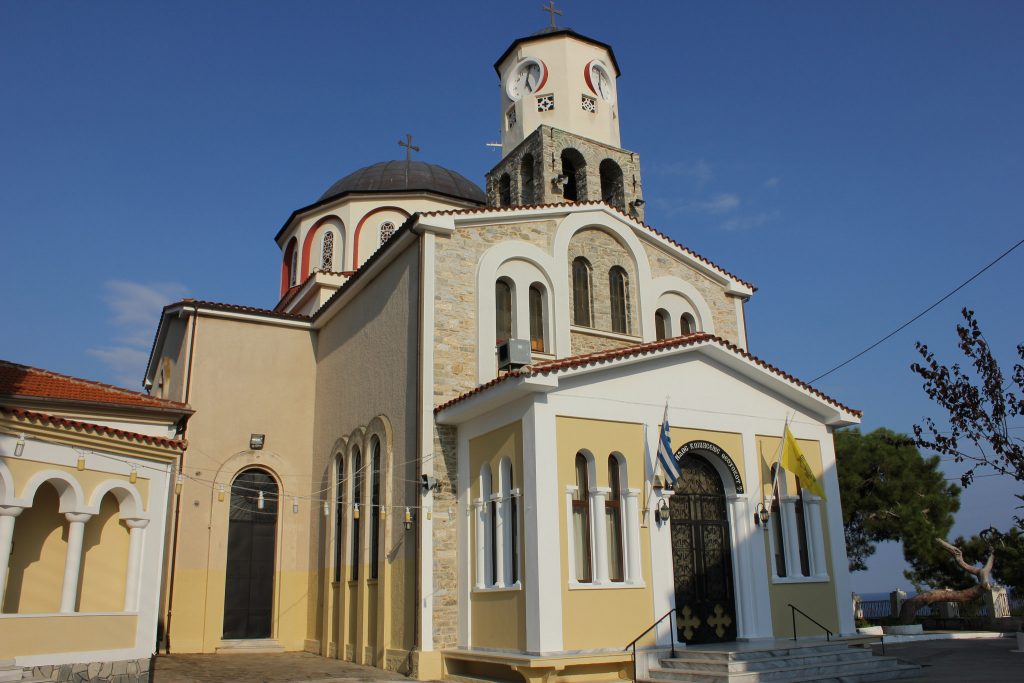
Natural Beauty, Hiking and Coastline
Kavala is rich in natural beauty, making it the ideal destination for numerous excursions. It is famous for the most important trail in Kavala, which consists of two routes. The Water Path combines the historic, cultural, aesthetic and environmental elements and the Palia Kavala path which passes through plane trees, waterfall and natural crystal-clear water springs. Other trails pass through the mountains of antiquity such as Avli, Mesorropi, Nikisiani and Ikosifinisa paths just to name a few as well as the Kavala Forest.
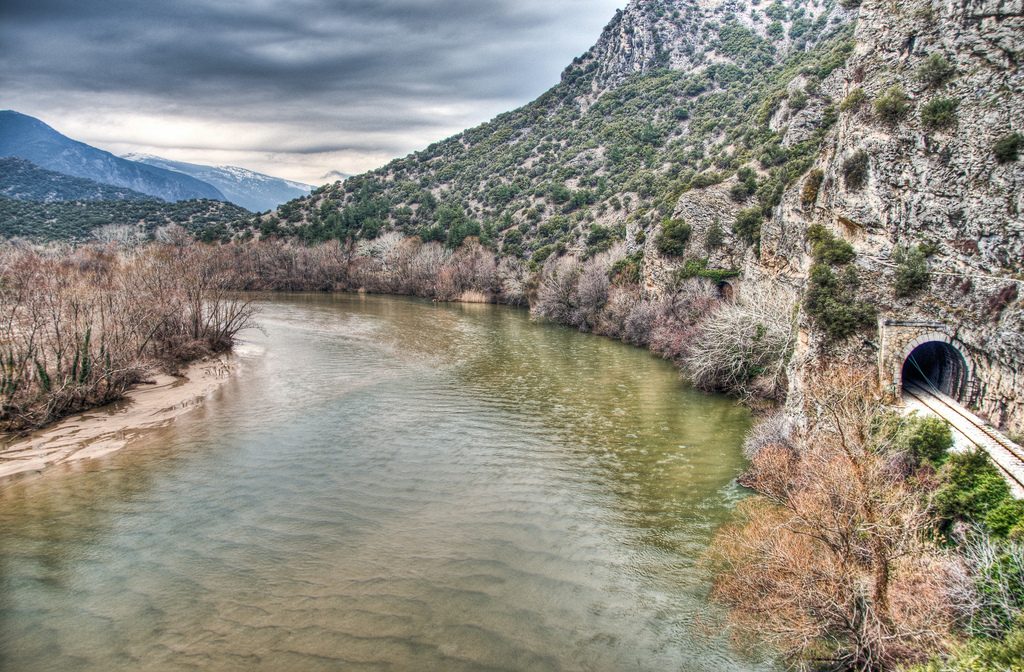
Other important natural attractions are the River Nestos which flows from Bulgaria into the Aegean Sea creating a natural paradise with six lagoons and a large forest packed with water-loving tree species, Mt. Pangeo is where god of wine Dionysos had his temple, the Alistrati and Maara caves which belong to the network of caves formed by the Angitis River among the numerous beaches which welcome visitors during the summer months.
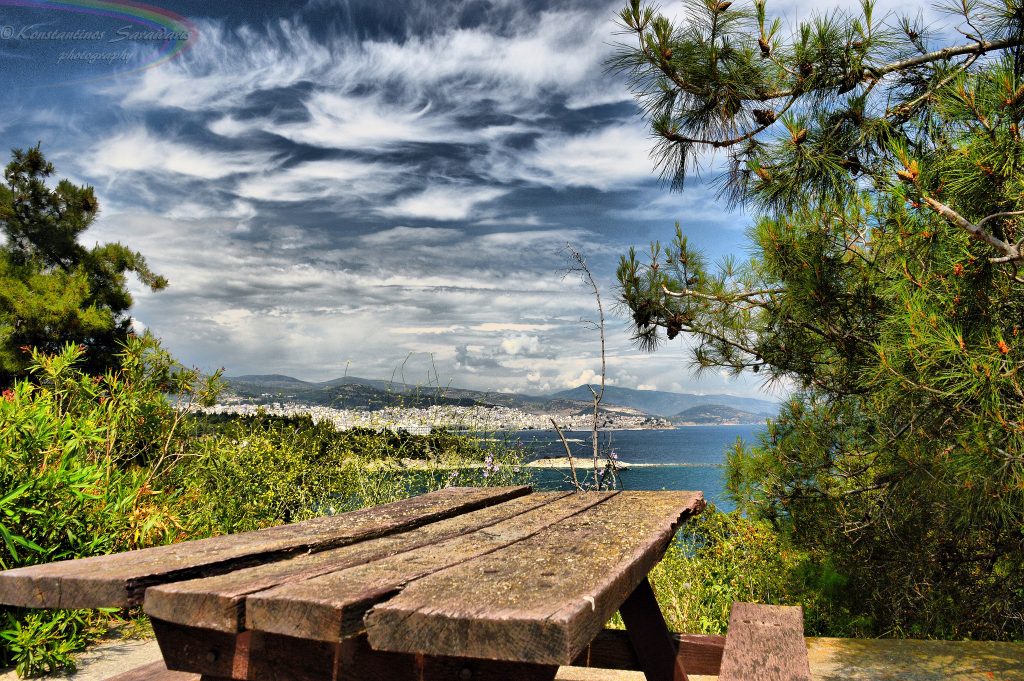
Kavala is one of Greece’s most multifaceted regions and it is guaranteed to enchant the most discerning travelers. Have you been to Kavala, if yes what did you like most about the region? Let us know by commenting below.

